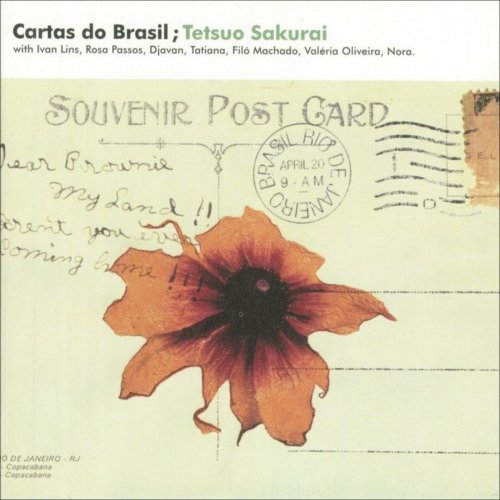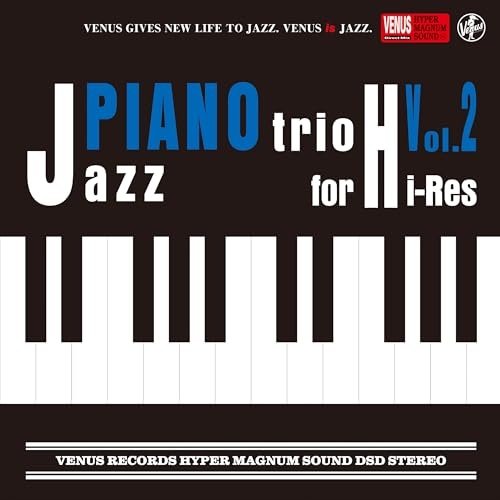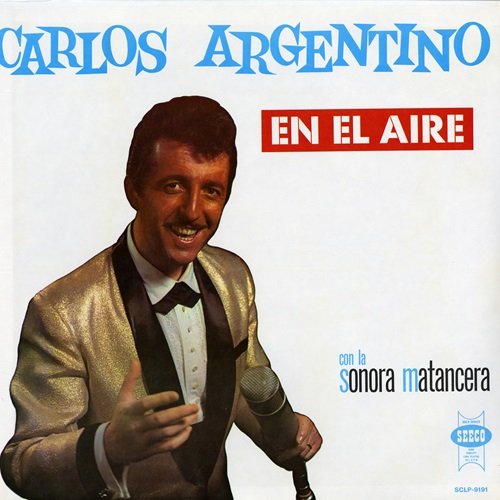Bad Religion - How Could Hell Be Any Worse? (Remastered) (1982/2004)
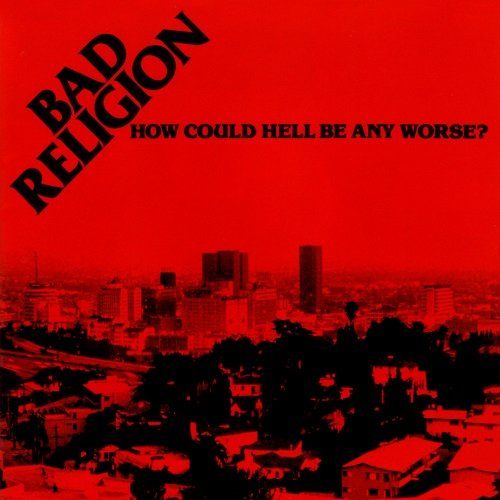
Artist: Bad Religion
Title: How Could Hell Be Any Worse?
Year Of Release: 1982/2004
Label: Epitaph
Genre: Alt Rock, Punk Rock
Quality: Mp3 320 / Flac (tracks, .cue, log)
Total Time: 55:25
Total Size: 136/449 Mb (scans)
WebSite: Album Preview
Tracklist:Title: How Could Hell Be Any Worse?
Year Of Release: 1982/2004
Label: Epitaph
Genre: Alt Rock, Punk Rock
Quality: Mp3 320 / Flac (tracks, .cue, log)
Total Time: 55:25
Total Size: 136/449 Mb (scans)
WebSite: Album Preview
01. We're Only Gonna Die 2:13
02. Latch Key Kids 1:38
03. Part III 1:49
04. Faith In God 1:51
05. Fuck Armageddon... This Is Hell 2:49
06. Pity 2:01
07. In The Night 3:25
08. Damned To Be Free 1:58
09. White Trash (Second Generation) 2:21
10. American Dream 1:42
11. Eat Your Dog 1:05
12. Voice Of God Is Government 2:54
13. Oligarchy 1:01
14. Doing Time 3:01
15. Bad Religion 1:50
16. Politics 1:22
17. Sensory Overload 1:31
18. Slaves 1:20
19. Drastic Actions 2:36
20. World War III 0:55
21. Yesterday 2:39
22. Frogger 1:20
23. Bad Religion 2:11
24. Along The Way 1:36
25. New Leaf 2:53
26. Bad Religion 1:47
27. Slaves 1:07
28. Drastic Actions 2:33
How Could Hell Be Any Worse? is the debut studio album by American punk rock band Bad Religion, released on January 19, 1982 by Epitaph Records. Released almost a year after their self-titled EP, it was financed by a $3,000 loan by guitarist Brett Gurewitz's father. Its success surprised the band when it sold 10,000 copies in under a year.
How Could Hell Be Any Worse? was recorded over two time periods at Track Record Studios in North Hollywood, California, during October–November 1980 and again in January 1981. After the original recording sessions, drummer Jay Ziskrout left Bad Religion and was replaced by his friend and the band's roadie Pete Finestone, who was brought in to complete the rest of the album. Though not yet credited as a member of the band, future guitarist Greg Hetson, who was in Circle Jerks during this time, provided a guitar solo on "Part III". How Could Hell Be Any Worse? was also Bad Religion's last album featuring Jay Bentley on bass for six years, until 1988's Suffer.
The front cover photograph was taken by Edward Colver near the Hollywood Bowl, while the back cover featured one of Gustave Dore's illustrations of Dante's Divine Comedy.
How Could Hell Be Any Worse? was recorded over two time periods at Track Record Studios in North Hollywood, California, during October–November 1980 and again in January 1981. After the original recording sessions, drummer Jay Ziskrout left Bad Religion and was replaced by his friend and the band's roadie Pete Finestone, who was brought in to complete the rest of the album. Though not yet credited as a member of the band, future guitarist Greg Hetson, who was in Circle Jerks during this time, provided a guitar solo on "Part III". How Could Hell Be Any Worse? was also Bad Religion's last album featuring Jay Bentley on bass for six years, until 1988's Suffer.
The front cover photograph was taken by Edward Colver near the Hollywood Bowl, while the back cover featured one of Gustave Dore's illustrations of Dante's Divine Comedy.
![Amir ElSaffar - New Quartet Live at Pierre Boulez Saal (2025) [Hi-Res] Amir ElSaffar - New Quartet Live at Pierre Boulez Saal (2025) [Hi-Res]](https://img.israbox.com/img/2025-11/07/0udyitwsywz4cnxtfy9dts1v0.jpg)
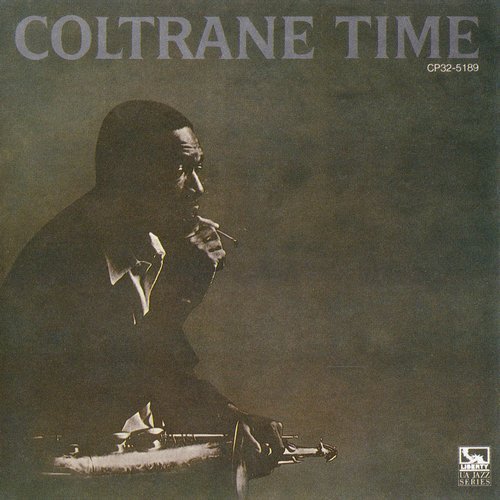
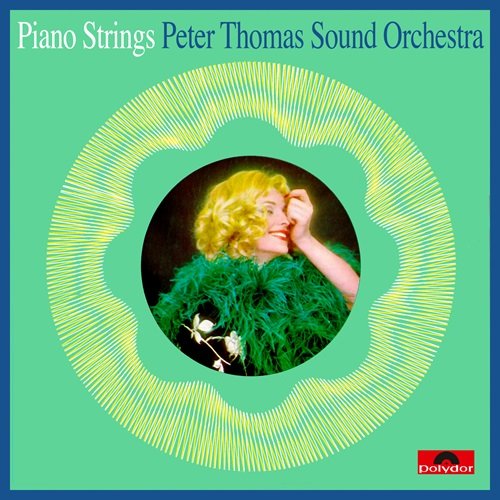
![Simon Oslender, Steve Gadd & Will Lee - On A Roll (Live) (2025) [Hi-Res] Simon Oslender, Steve Gadd & Will Lee - On A Roll (Live) (2025) [Hi-Res]](https://www.dibpic.com/uploads/posts/2025-11/1762429775_raq9ocqk1wsga_600.jpg)
![Raul Paz - Guajiro Chic (2025) [Hi-Res] Raul Paz - Guajiro Chic (2025) [Hi-Res]](https://www.dibpic.com/uploads/posts/2025-11/1762179634_e9a0da2ovsqf8gmgifmp3von4.jpg)
